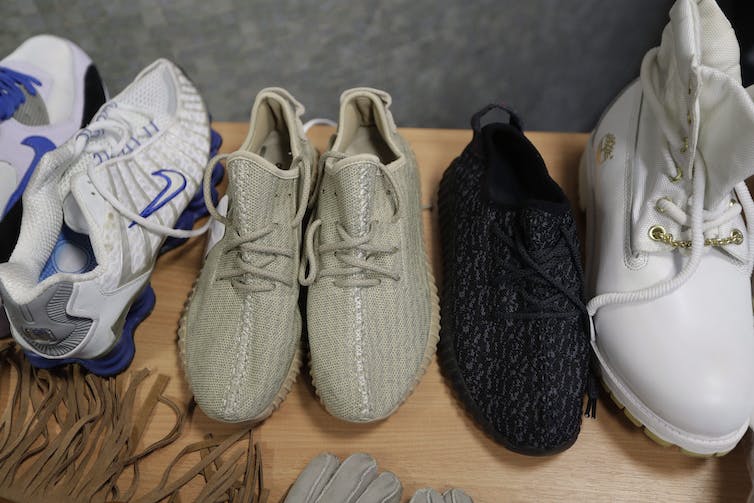Consumer counterfeiting is a persistent issue in Canada. Manufacturers and exporters in Canada claim that the yearly cost of counterfeiting, or the sale of goods that falsely represent something else, is between $20 billion and $30 billion.
Although it is common in many other nations and a variety of businesses, counterfeiting is not just a problem in Canada. According to a 2017 World Health Organization study, 10% or more of the medications sold in developing nations may be deceptively counterfeit.
Similar findings were made by the U.S. Government Accountability Office, which discovered that 20 of 47 items bought from third-party vendors like Amazon, eBay, and Sears Marketplace were fakes. As an example, consider the fake 3M N95 masks available on Amazon.
Finally, Canada’s infamously lenient regulations regarding counterfeit goods make it difficult to police them. In reality, Canada has been added to the list of nations with the poorest intellectual property (IP) protections maintained by the Office of the United States Trade Representative.
Production outsourcing to foreign vendors is a fourth element. This results in “third shift” counterfeiting, a type of fraud. When a company outsources production, the supplier leverages the company’s intellectual property (IP) rights to create knockoffs in the same plant where the original product is manufactured.
Umbra, a Canadian producer of home goods, has struggled with various suppliers who copy its products on the third shift.Because the source of counterfeit products is often the same factory that produces the original product, one remedy is to provide supplier factories with limited quantities of raw materials. Hewlett-Packard does this by providing its suppliers with a certain number of printheads that are used to manufacture ink cartridges for the company.
Another solution is to allocate parts to different suppliers so that no one supplier has all the parts needed to build a particular product.





